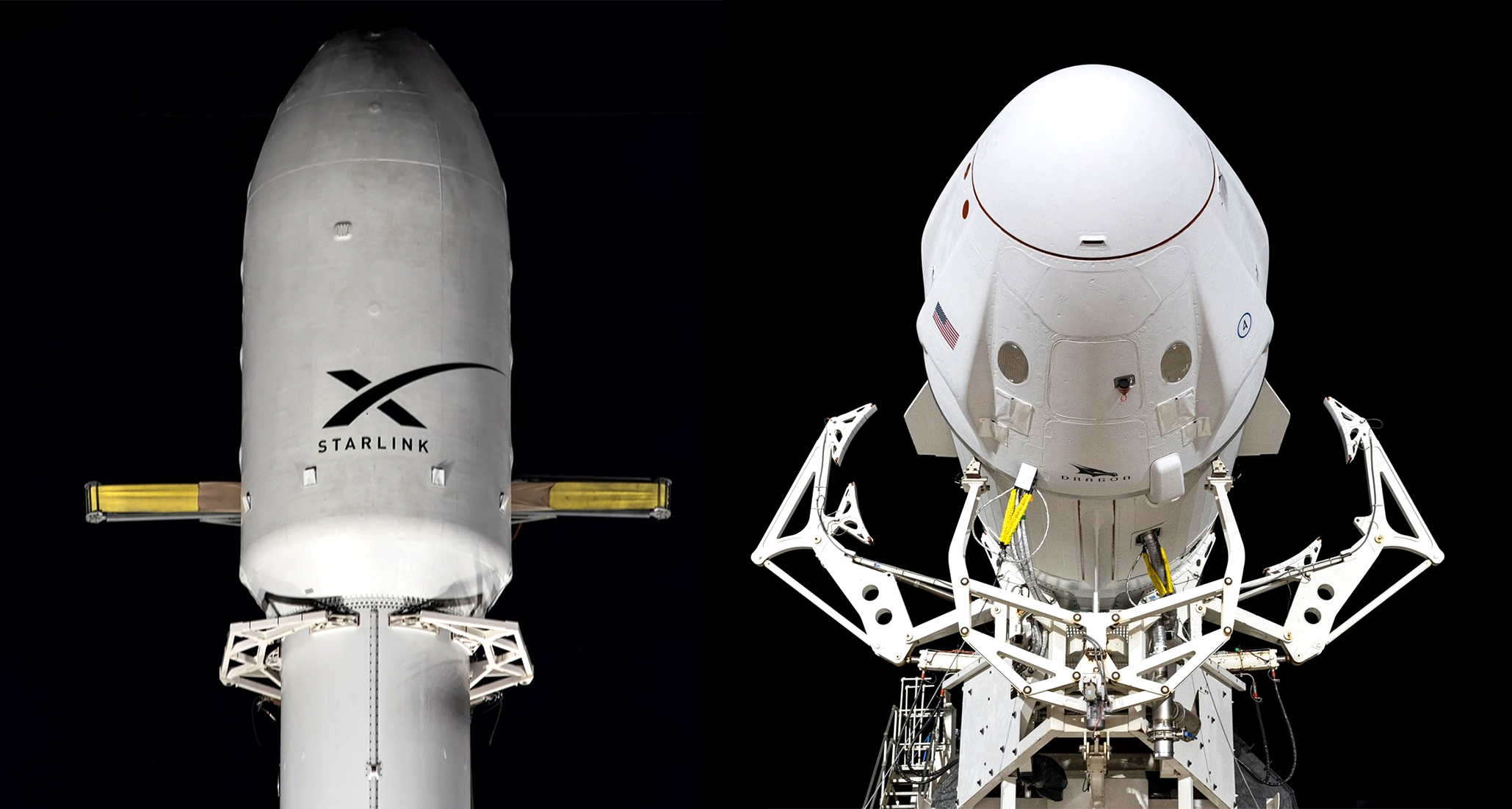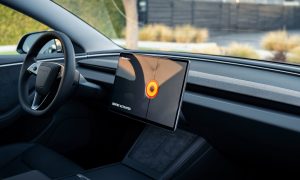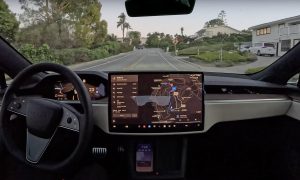Update: SpaceX has rolled out Crew-4’s Falcon 9 and Crew Dragon in anticipation of prelaunch testing. However, due to poor weather in landing regions, NASA and SpaceX have also delayed the private Axiom-1 crew’s return to Earth a second time.
Without the undocking time confirmed, it’s likely that Crew-4 will be pushed back to April 24th or 25th at the earliest. Starlink 4-14, nonetheless, appears to remain on track for an April 21st launch attempt.
SpaceX has sent both of its East Coast drone ships to sea to support an upcoming pair of back-to-back Falcon 9 launches and landings.
The ‘autonomous spaceport drone ship ‘ (ASDS) Just Read The Instructions (JRTI) left first, exiting Florida’s Port Canaveral with the help of a tugboat on April 16th. On April 18th, drone ship A Shortfall of Gravitas (ASOG) followed suit, shadowing JRTI en route to a similar location northeast of Cape Canaveral. Both should arrive at their respective Atlantic Ocean landing zones within a few days.
No earlier than (NET) 11:16 am EDT (15:16 UTC), Thursday, April 21st, SpaceX is scheduled to launch a well-worn Falcon 9 booster carrying a new upper stage and the latest batch of ~50 Starlink V1.5 satellites. Less than two full days later, a different Falcon 9 rocket is scheduled to launch a new Crew Dragon spacecraft and four NASA and ESA astronauts on their way to the International Space Station.
Starlink 4-14 – the 14th mission carrying satellites destined for the fourth of five Starlink orbital ‘shells’ – will be SpaceX’s 9th Starlink launch and 15th launch overall in 2022, averaging just shy of one launch per week. The mission should also leave SpaceX with more than 2100 working Starlink satellites in orbit – likely not far off from half of all operational satellites in Earth orbit.
SpaceX appears to have assigned Falcon 9 booster B1061 to the launch after the rocket – already integrated with a new upper stage – was spotted on the way to Cape Canaveral Space Force Station (CCSFS) Launch Complex 40 (LC-40) on April 18th. Starlink 4-14 will be B1060’s 12th launch since June 30th, 2020, tying Falcon 9 B1051’s booster reuse record but accomplishing the feat almost 15 months faster. It’s unlikely that B1051 will ever retake its crown from B1060. Based on past performance, B1060 could easily fly another 4-6 times before the end of 2022 if it survives Starlink 4-14.
As few as 42 hours later, Falcon 9 booster B1067 could lift off for the fourth time with a new Crew Dragon capsule – C212 or “Freedom” – and a team of four professional astronauts as part of NASA’s Crew-4 mission at 5:26 am EDT (09:26 UTC), April 23rd. Crew-4 will be SpaceX’s seventh astronaut launch since May 2020 and its fourth operational crew transport mission for NASA. A few days after Crew Dragon C212 docks with the International Space Station (ISS), four Crew-3 astronauts will board a different Crew Dragon and return to Earth, handing off the US segment to Crew-4.
However, two Crew Dragons are already docked to the ISS, taking up both available International Docking Adapter (IDA) ports. Before Crew-4 can launch, Axiom-1 – SpaceX’s first all-private astronaut mission to the space station – must undock and return to Earth. On April 18th, that undocking was delayed about 15 hours by poor weather to 10 pm EDT, April 19th, pushing splashdown and recovery off the coast of Florida to mid-afternoon, April 20th. NASA and SpaceX will then have about 60 hours to analyze any data gathered from the completed Axiom-1 mission and determine whether or not to proceed with Crew-4 on April 23rd.











